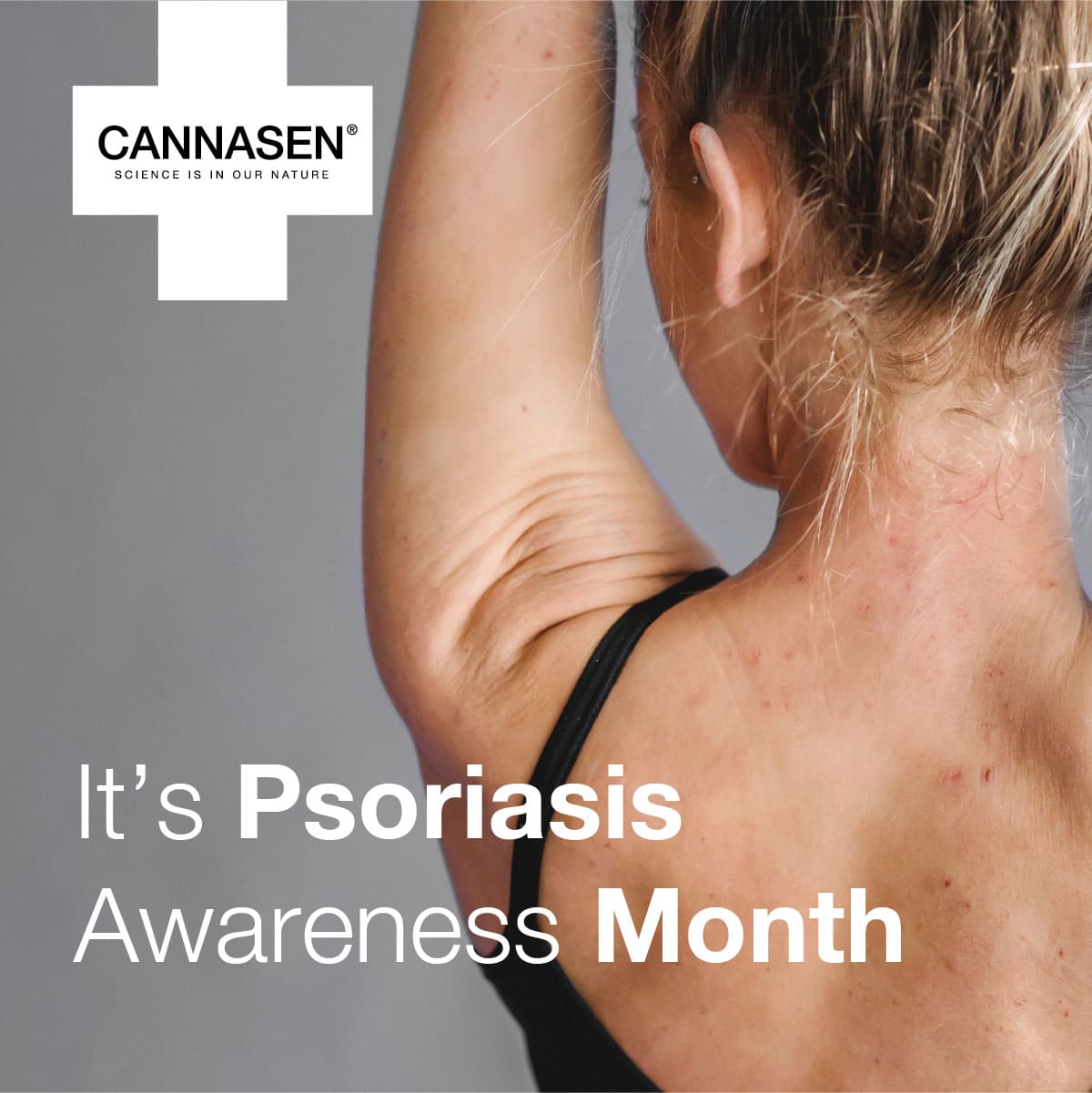What is psoriasis?
Psoriasis is a chronic autoimmune disease that affects the skin. It causes cells to build up rapidly on the surface of the skin, which leads to red, scaly, itchy patches. These patches can be painful and can appear anywhere on the body, including the scalp, elbows, knees, and lower back.
Psoriasis is not contagious, and it can affect people of all ages and genders. In fact, approximately 125 million people worldwide have psoriasis. It can also run in families, so if someone in your family has psoriasis, you may be more likely to develop it as well.
How do I know if I have psoriasis or whether it’s just dry and irritated skin?
It’s normal to feel confused and unsure about whether you’re dealing with psoriasis or just dry and irritated skin. Here are some tips to help you differentiate between the two:
-
Look for red, scaly patches
Psoriasis typically presents as red, scaly patches of skin that are often raised and can be itchy or painful. These patches can appear anywhere on the body, but they’re most common on the elbows, knees, scalp, and lower back.
-
Consider the location
While psoriasis can appear anywhere on the body, there are certain areas that are more commonly affected. For example, psoriasis on the scalp may cause dandruff-like flakes, while psoriasis on the nails can cause pitting or discoloration.
-
Be aware of triggers
Certain triggers can cause psoriasis to flare up. These can include stress, infections, certain medications, and skin injuries. If you notice that your skin becomes red and inflamed after exposure to certain triggers, it’s more likely that you’re dealing with psoriasis than just dry and irritated skin.
If you’re still unsure whether you’re dealing with psoriasis or just dry skin, it’s always a good idea to consult with a dermatologist. They can examine your skin and provide a diagnosis, as well as recommend treatment options to help manage your symptoms.
Remember, psoriasis is a common condition and you’re not alone in
What are the different types of psoriasis?
There are several different types of psoriasis, each with its own unique symptoms and characteristics. The most common types of psoriasis include:
- Plaque psoriasis: This is the most common type of psoriasis, accounting for about 80% of cases. It causes raised, red, and scaly patches that can itch or be painful.
- Guttate psoriasis: This type of psoriasis appears as small, red spots on the skin. It often develops after a bacterial infection, such as strep throat.
- Inverse psoriasis: This type of psoriasis appears in skin folds, such as in the groin, under the breasts, or in the armpits. It causes smooth, red patches that are often shiny and sore.
- Pustular psoriasis: This type of psoriasis causes pus-filled blisters to appear on the skin. It can be painful and often affects the hands and feet.
- Erythrodermic psoriasis: This is the most severe type of psoriasis, causing widespread redness and scaling of the skin. It can be life-threatening and requires immediate medical attention.
It’s important to note that psoriasis can also affect the nails, causing changes in color, texture, and shape. If you think you may have psoriasis, it’s important to see a dermatologist to get an accurate diagnosis and treatment plan.
Psoriasis may be a chronic condition, but there are many treatment options available to manage symptoms and improve quality of life. Talk to your doctor about the best treatment plan for you, which may include topical medications, oral medications, light therapy, or biologic injections.
Remember, you’re not alone in dealing with psoriasis. There are many resources available to help you connect with others who understand what you’re going through. Reach out to support groups or online communities to find the support and encouragement
How do I relieve psoriasis symptoms?
While there is no cure for psoriasis, there are several home remedies that can help manage symptoms and provide relief during flare-ups. Here are a few safe and effective options to try:
- Moisturize: Keeping your skin moisturized is essential in managing psoriasis. Look for a fragrance-free, gentle moisturizer and apply it regularly to affected areas.
- Take a bath: Soaking in a warm bath can help soften scales and ease itching. Add a few tablespoons of Epsom salt or colloidal oatmeal to the water for added relief.
- Use topical treatments: Over-the-counter topical treatments, such as corticosteroid creams or salicylic acid, can help reduce inflammation and itching.
- Manage stress: Stress can trigger psoriasis flare-ups, so finding ways to manage stress can help. Try activities such as yoga, meditation, or deep breathing exercises.
- Eat a healthy diet: Eating a well-balanced, anti-inflammatory diet can help manage psoriasis symptoms. Focus on eating plenty of fruits, vegetables, lean proteins, and whole grains.
It’s important to keep in mind that what works for one person with psoriasis may not work for another. If you’re experiencing severe symptoms or if your symptoms are not improving, it’s always best to consult a healthcare professional for personalized treatment options.






